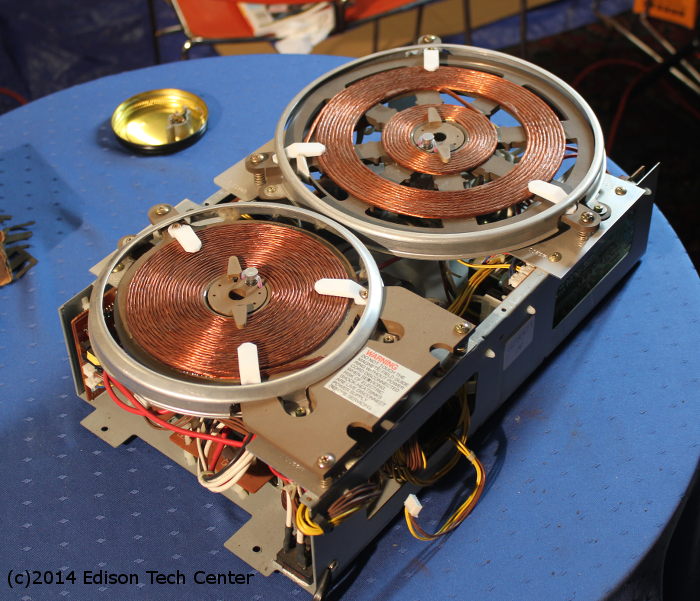Follow along with the video below to see how to install our site as a web app on your home screen.
Note: This feature may not be available in some browsers.
provide wireless powerare you trying to provide wireless power to something? or is this something like a radio receiver?
To what?
The first thing you need is an RF to power converter, otherwise known as an antenna. This converts the electromagnetic energy that hits it into AC power at the RF frequency. It is common to carry the energy away from the antenna using a transmission line, typically of 50 ohms characteristic impedance. There are many types, and coaxial transmission cable is very common. It is pretty easy to calculate the voltage or current you will have on this line, knowing the power. The more difficult thing to calculate is the amount of RF power that you will get from the antenna. You might apply the Friis equation if receiving from a distant transmitter. If the transmitter is not distant, you might have to estimate the amount of power based on near field coupling, and these equations you'll have to look up.I have looked all over the place but have not been able to find a definitive shopping list of what I would need to make an RF to DC circuit. Any help?
Motor when the RF source is a few mm awayBy, "wireless power", are you talking about charging a cell phone sitting on top of a charging mat (transferring power 5mm) or are you talking about running a motor when the RF source is several meters or kilometers away?
Motor when the RF source is a few mm away
Motor when the RF source is a few mm away
that doesn't have to be RF then. you will find few rectifier diodes that operate above 1 or 2 Mhz. if you look at how induction stovetops work, you will find they feed "pancake" coils (a flat spiral of wire with one connection in the center, and the other at the outer edge) with 40khz sine waves (it's RF, but well within the capabilities of most high speed rectifier diodes ([these] for example).Motor when the RF source is a few mm away
that doesn't have to be RF then. you will find few rectifier diodes that operate above 1 or 2 Mhz. if you look at how induction stovetops work, you will find they feed "pancake" coils (a flat spiral of wire with one connection in the center, and the other at the outer edge) with 40khz sine waves (it's RF, but well within the capabilities of most high speed rectifier diodes ([these] for example).
So is this an AC or DC system? Does it make a difference?If you replace the pot with a coil, a decent near Kilowatt motor can be powered with an induction stove... But only at ~24KHz

right above this post, Externet posted a picture of what i was talking about. those are coils out of an induction stove. they are generally run at high power (up to about a kilowatt), and work by inducing high frequency AC currents in the bottom of a metal cooking pot. since the energy is transferred directly, the glass cook surface barely even gets warm (except where it's in contact with the cooking pot). a second coil placed above the first one would be able to pick up most of the energy from the coil without much loss (again the closer, the better). the coil receiving energy would use high speed rectifier diodes to convert the high frequency AC to DC.Thank you for the response...I'm not sure I understand what you're saying though...could you break it down for me a bit more?

